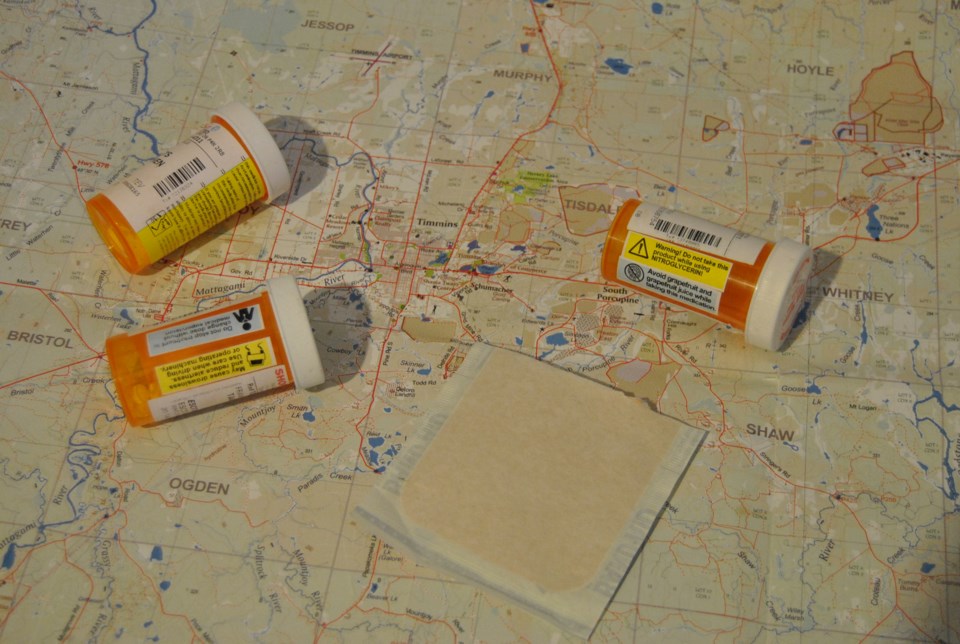The rising number of opioid deaths in the province has prompted the government to start tracking the problem to gather accurate data.
"The opioid crisis in Ontario is a growing and evolving problem, and one we are continuing to work diligently to combat," said Dr. Eric Hoskins, Minister of Health and Long-Term Care in a news release today.
The data shows that 412 people died as a result of opioid overdose in the first six months of 2016, compared with 371 during the same time period in 2015. That's an 11 per cent increase.
For the same six-month time period from 2014 to 2015, there was a 13 per cent increase in opioid-related deaths.
See: Yet another report shows North has province's highest death rate from opioid use
"These statistics further exemplify why taking action on this issue is crucially important," said Hoskins. "The information in the Interactive Opioid Tracker provides over 10 years (2003-2016) of the highest-quality verified information on opioid-related emergency department visits, hospitalizations and deaths in Ontario. It will help health care workers and policy makers across the province better understand the scope and scale of the opioid problem and support the development of targeted policies and interventions that will strengthen our response on a provincial and local level."
Gathering accurate data on the impact of opioids is a key part of the Strategy to Prevent Opioid Addiction and Overdose.
Ontario is now launching the Interactive Opioid Tracker, which is a web-based tool that makes available a wide range of data on opioid-related morbidity and mortality. The data shows the opioid problem is affecting people of all ages, right across Ontario.
Ontario's opioid strategy includes:
- providing life-saving naloxone free of charge in over 200 towns and cities;
- de-listing high-strength, long-acting opioids;
- providing support for substance use disorder treatment and supervised injection services;
- increasing investment in mental health supports;
- providing funding for 18 pain management clinics across Ontario;
- and supporting the development of new quality standards for appropriate prescribing.
"The Interactive Opioid Tracker will help us to better understand how opioid overdose and death is affecting people in Ontario and will strengthen our strategy as we work to combat this crisis in a targeted and informed way," explained Hoskins.



